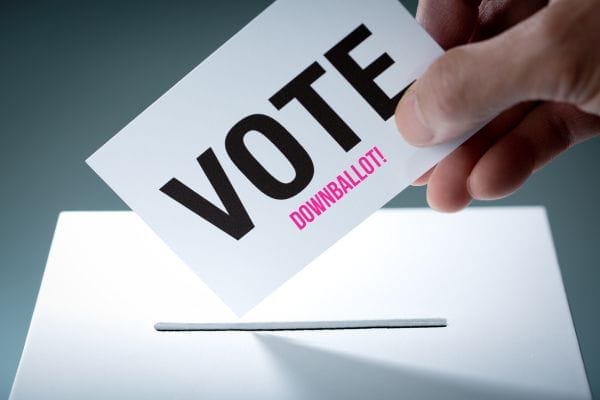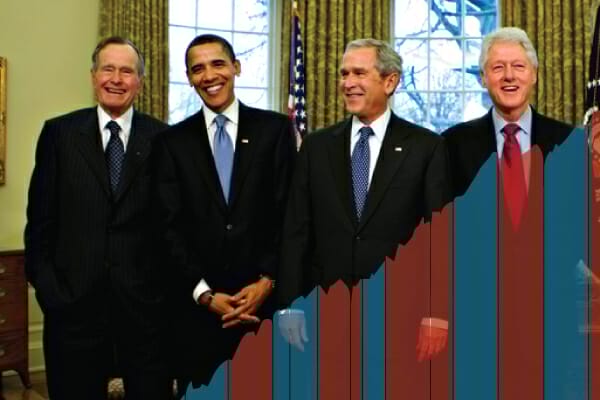Downballot Roll-Off in 2024: A First Look at the Chamber-Level Findings

Sister District’s initial post-election analysis of state legislative races in 2024 reveals unexpected trends in downballot roll-off. While Democrats traditionally experience higher roll-off rates, chamber-level data suggests notable deviations—especially in North Carolina, where Democratic state legislative candidates outperformed Kamala Harris, and Republican candidates saw greater roll-off than expected. This report takes a first look at these patterns, comparing them to historical trends from 2016 and 2020.
Votes to Majority and Down-Ballot Roll-Off in 2020

Last updated: 8/7/2024 Abstract In this analysis, we focus on 13 Republican-controlled legislative chambers in battleground states that were closely contested in 2020. We determine how many seats Democrats would have needed to win in order to gain control of these chambers, and how many more votes Democratic state legislative candidates would have needed to […]
Down-ballot Roll-off Patterns in 2022

Many voters tend to vote only in high-salience contests at the top of the ticket and skip state legislative races farther down the ballot, a behavior known as down-ballot roll-off. Our analysis of election data from 2012-2022 shows that this phenomenon disproportionately affects Democratic candidates. Despite strong performances in the 2022 elections, Democratic candidates still experienced higher rates of roll-off compared to Republicans. This trend persisted across various states and districts, highlighting the significant electoral impact of down-ballot roll-off on state legislative races.
Partisan control over time: Antecedents to flipping state legislatures

This analysis was a correlational study using archival data that sought to determine if the state-wide election results for President, Governor, and/or U.S. Senate flipping from one party to another could serve as a reliable antecedent to, 1) state legislative chambers subsequently flipping to that same party, and/or 2) the state becoming a trifecta for that party.
Surge and decline: How does the president in power affect state legislatures?

This analysis explores ‘surge and decline’, at the state legislative level. Surge and decline is a phenomenon where members of the president’s party tend to win seats in congress in the year the president is elected, but tend to lose seats in midterm congressional years.
Downballot roll-off: Lopsided roll-off among major parties may be linked to downballot losses

Downballot roll-off is a phenomenon where people vote for top-of-ticket candidates but then do not vote for downballot offices like state legislature.
An American Melting Pot? Describing the constituencies of state legislative Democrats and Republicans in the United States

This archival study sought to determine if certain constituent demographics in state legislative districts were associated with higher levels of Democratic state legislative representation (compared to Republican representation)

